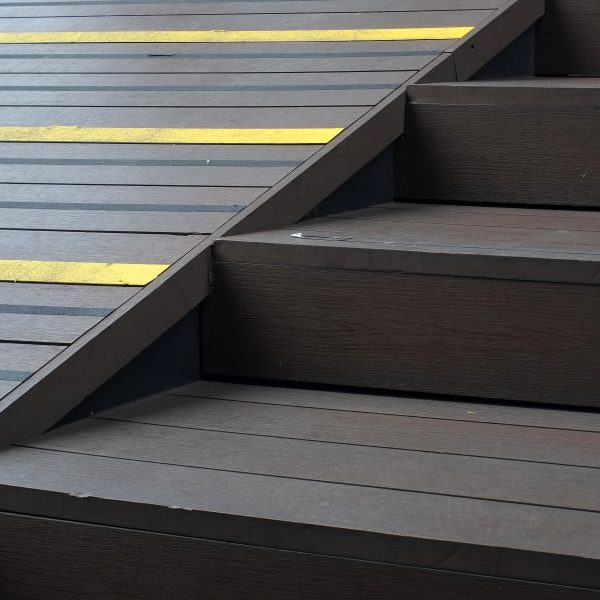How to Prep Your House for a Dog with Disabilities

A dog’s abilities can change throughout their life. Some dogs available for adoption were born blind, deaf, or missing limbs. Some dogs can lose limbs later in life in unfortunate accidents, like getting hit by a car. Other dogs develop vision, hearing, or mobility impairments in their old age. No matter what, all dogs are deserving of a loving and safe home, which means you may need to prep your house for a dog with disabilities at some point.
Whether your dog was born with a disability or developed one later in life, it’s important for your home to still be a safe place for them. The changes you make to your home to ensure your dog is comfortable will depend on what is going on with them. A dog that is blind may need different things than a dog who lost one of their legs or is using a wheelchair to help them get around. Whatever is going on, you’ll need to customize your approach to fit your dog’s needs. Here’s how to prep your house for a dog with disabilities:
1. Audit Your Home
Take some time to do a safety and accessibility audit of your home for your dog. Go room by room and identify what issues your dog may have getting around and anything that may be a potential danger to them. This allows you to view your home through your dog’s experience in order to figure out what you can and need to do to make things easier for them.
2. Put Loose Items in Storage
Loose items or items placed precariously on surfaces can become a hazard for dogs with visibility or motor issues. Loose items on shelves can fall if the shelf is bumped and items on the floor can cause trips and falls. Putting these items in storage or changing their storage container to be more secure will help ensure the floor stays clear and reduces the risk of objects falling or breaking.
3. Install Ramps
If your dog needs to be able to go up and down stairs, installing ramps can help their mobility immensely. This also reduces the chance of them getting hurt from stumbling or falling on the stairs.
Some dogs are allowed on the furniture and some aren’t. If your dog is used to getting up on the couch, putting a small ramp nearby can help them continue to get to their favorite spot. Installing ramps is also one of the ways to help an arthritic dog.
4. Soften Corners
The corners of walls and furniture will hurt your dog if they run into them. By putting soft bumpers or stoppers on the corners of walls and furniture, you can help collision become less painful as your dog continues to learn how to get around.
This can be particularly helpful if their vision is compromised. Their sense of smell will help to a certain extent, but noses are sensitive and it hurts when they bump into things.
5. Keep Things in the Same Place
Dogs thrive on routine. If your dog is dealing with vision or mobility impairments, it could take them a bit longer to acclimate to their surroundings and learn how best to get around. Constantly rearranging or changing where things are can seriously mess with your dog’s ability to get around without colliding into things.
If you want to redecorate, you still can; you’ll just need to introduce the changes slowly and ensure you show your dog the changes by walking them over and letting them explore. This will help them get used to the change faster and reduce the risk of them running into things they didn’t expect to be there.
When your dog’s abilities are impaired or affected in some way, taking some time to prep your home can help protect your pup and make the transition more comfortable.
